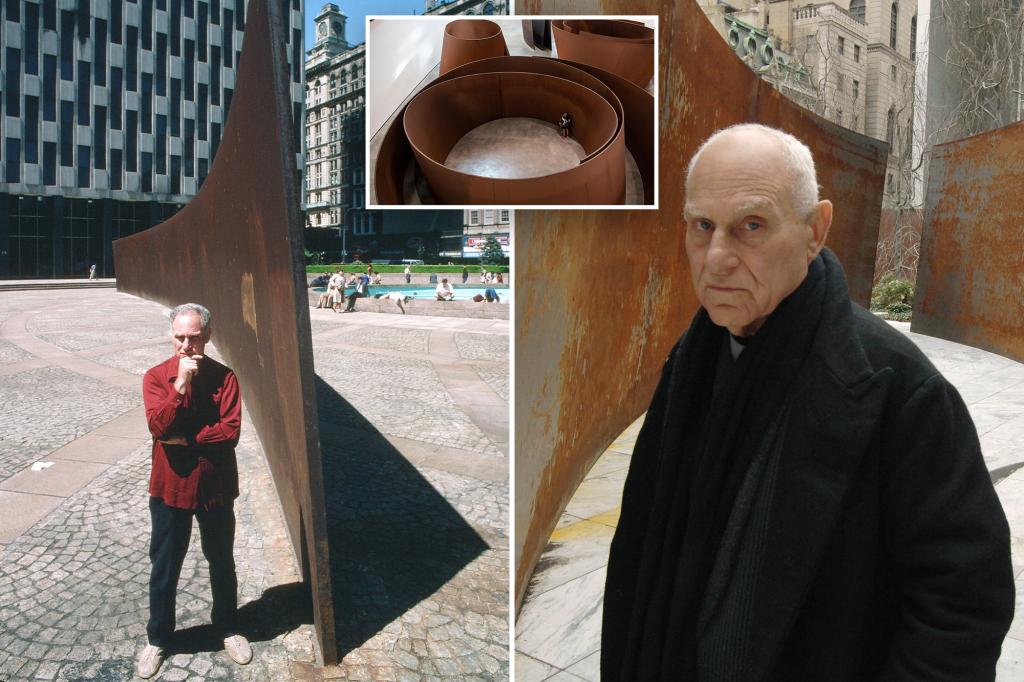Richard Serra, a renowned American artist known for his large steel sculptures, passed away at the age of 85 at his home in New York. Born in San Francisco in 1938, Serra grew up surrounded by the industrial world, which heavily influenced his art. Despite the massive scale of his works, Serra was considered a minimalist artist, focusing on the interaction between his art and the viewer rather than intricate details.
After studying at the University of California, Berkeley, and Yale University, Serra moved to New York in 1966 where he began creating art from industrial materials such as metal, fiberglass, and rubber. Although he later gained popularity, his 1981 work “Tilted Arc” faced backlash and was ultimately removed from public view in Lower Manhattan due to public disapproval. This work is remembered as one of the most disliked public art pieces in New York City’s history.
Serra’s breakthrough came in 1969 when he was included in the “Nine Young Artists: Theodoron Awards” exhibition at the Solomon R. Guggenheim Museum in New York. His work gained recognition in Europe after studying Mozarabic architecture in Spain in the early 1980s. Solo exhibitions at major museums in Germany and France helped solidify his reputation as an artist. His work was particularly appreciated in Spain, where he had a retrospective at the Reina Sofia museum in 1992 and a solo exhibit at the Guggenheim museum in Bilbao.
A 2002 profile in The New Yorker described Serra as a strong and intense-looking man with a powerful presence. It also highlighted his realization that he was not meant to be a painter after seeing Diego Velazquez’s “Las Meninas” at the Prado museum in Madrid. This experience made Serra see painting differently and shifted his focus to sculpture and installations. Serra’s dedication to industrial materials and minimalist concepts set him apart in the art world.
Throughout his career, Richard Serra created monumental sculptures that often interacted with the environment they were placed in. His sculptures, many of which were made from weathering steel, had a rusted patina that added to their aesthetic appeal. Serra’s work challenged traditional notions of art and space, creating a unique experience for viewers. His legacy as a pioneering artist in the field of contemporary sculpture lives on through his impactful and influential body of work.
Richard Serra’s death marks the end of an era for the art world, as he leaves behind a legacy of groundbreaking sculptures and installations that pushed boundaries and challenged perceptions. His contributions to the field of contemporary art will continue to inspire future generations of artists and art enthusiasts. As one of the most prominent figures in the world of sculptural art, Serra’s ethos of simplicity, scale, and interaction will be remembered for years to come.


